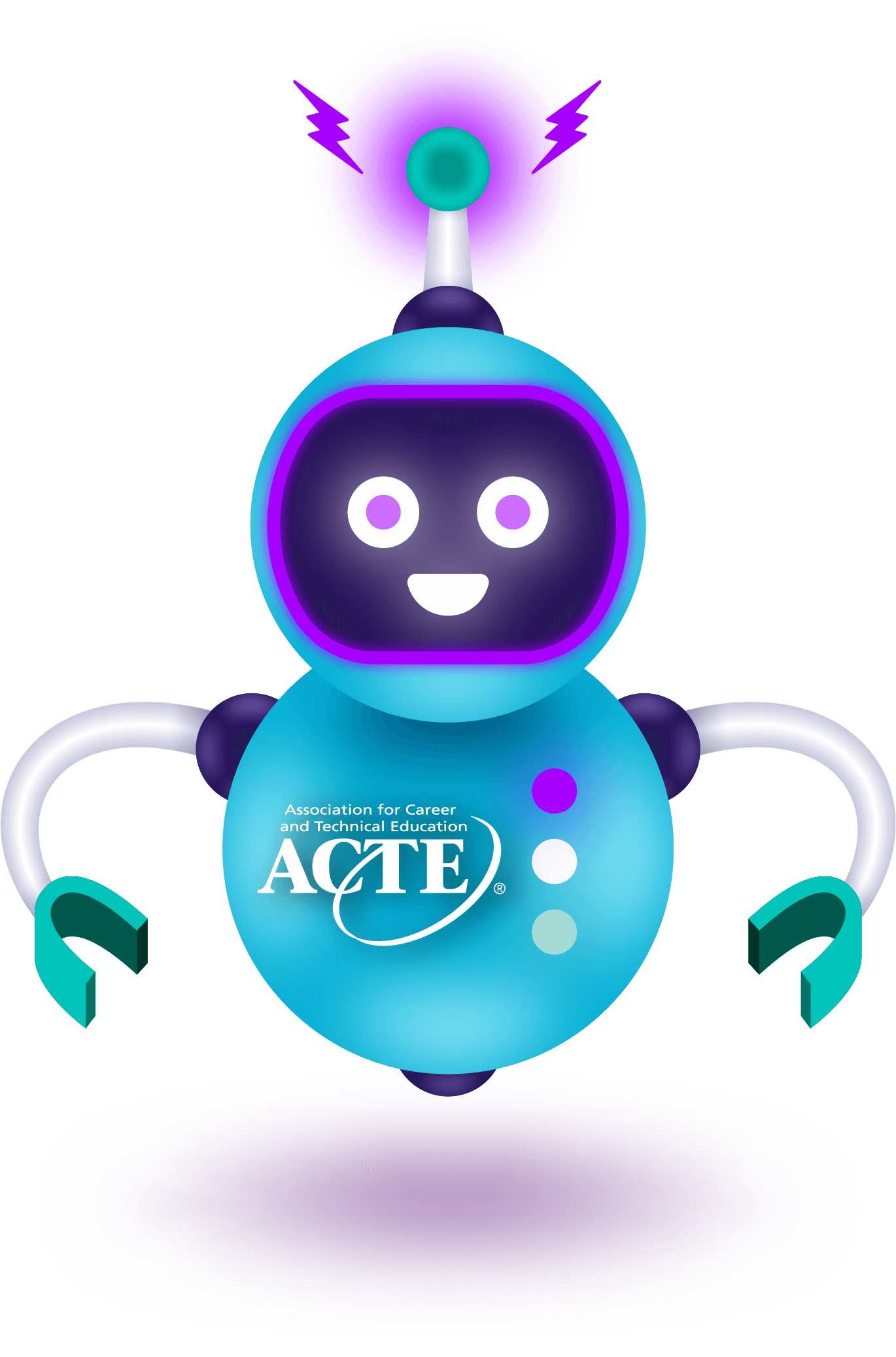The Impact of CTE Concentration on the Success of High School Students: An article by Michael Shoemaker in the Journal of Career and Technical Education describes positive academic and behavioral outcomes for CTE concentrators compared to non-concentrators.
After analyzing data from 2019-22 graduates of a Midwest high school, Shoemaker found that CTE concentrators scored higher on both the ACT Science and Kansas Assessment Program Science exams. CTE concentrators also had higher final GPAs and graduation rates than non-concentrators. For behavioral outcomes, CTE concentrators had a significantly higher attendance rate and received slightly fewer disciplinary infractions than non-concentrators.
Understanding Interest in CTE Course-taking: In the same journal, an article by Ellen Rydell Altermatt, Andrea Rorrer, Rachel Barnett and Tamara Goetz examines how students value and perceive CTE coursework. The study specifically examines the intrinsic value (personal enjoyment) and utility value (perceived usefulness) of CTE courses.
The researchers surveyed grade 9-12 students at a Utah high school and found that the students, as a whole, find both intrinsic and utility value in CTE coursework. The utility value of CTE courses for college and career readiness ranked the highest, followed by intrinsic value, then the utility value for jobs and networking. Female students ranked each of the three values higher than male students, as did students planning to go to college. Students of color ranked perceptions of intrinsic value and utility value for college and career readiness lower.
The researchers also measured students’ interest in taking CTE coursework and found that students of color were less interested in taking CTE courses, while older students and students who planned to go to college were more interested in taking CTE courses. Students who rated intrinsic and utility values of CTE courses higher were much more likely to have already taken a CTE course or plan on taking additional CTE courses beyond their graduation requirement than students with lower value ratings.
How State Policy Can Transform Career Navigation for Young People: A report from American Student Assistance and Jobs for the Future examines how states are developing career navigation systems. The researchers identified 19 policies across four components – actionable information (labor market information and student outcomes data), personalized guidance, work-based learning (WBL) and short-term credentials – which they identified as critical in developing an effective career navigation system. The researchers then conducted a scan of all 50 states and Washington, DC, to determine which states have policies that align with each component the most.
For each component, the researchers found the following:
- Actionable Information: Actionable information still needs much work as many states do not produce disaggregated student wage and employment data and do not collect statistics on nondegree credentials. Notably, only four states publish interactive tools that display disaggregated wage and employment data from postsecondary degrees.
- Personalized Guidance: Personalized guidance also falls short. While 21 states prioritize Perkins state leadership funds to support career guidance programs, only six have developed quality standards for secondary career counseling and advisement.
- Work-based Learning: States fare better with WBL, with 45 states having a formal definition of WBL and 27 providing financial incentives to employers who engage in WBL. Continued work remains crucial however, as only six states have adopted quality standards for WBL programs.
- Short-term Credentials: While 24 states provide financial aid to short-term, high-demand credentials, only five include them in their outcomes-based funding formula for postsecondary programs.
The Link Between Dual Enrollment Partnership Characteristics and Outcomes: A report from the Community College Research Center explores how the characteristics of dual enrollment (DE) partnerships in the state of Texas affect student outcomes.
Using state administrative data, the researchers found that contextual measures, particularly an urban setting and the use of the early college high school (ECHS) model were stronger predictors of student outcomes than the structures of DE courses (e.g., type of instructor, virtual course, subject). DE partnerships with an ECHS are associated with a 20 percentage point increase in four-year college enrollment compared to partnerships with a traditional high school. Partnerships in urban high schools are associated with a 30 percentage point increase in four-year college enrollment, compared to rural high schools, and a 27 percentage point decrease in two-year college enrollment.
Geographic locale and the ECHS model also predict degree attainment. Partnerships with ECHSs are associated with a 26 percentage point increase in associate degree attainment, while partnerships with urban high schools are associated with a 37 and 32.5 percentage point increase in associate and bachelor's degree attainment, respectively.







